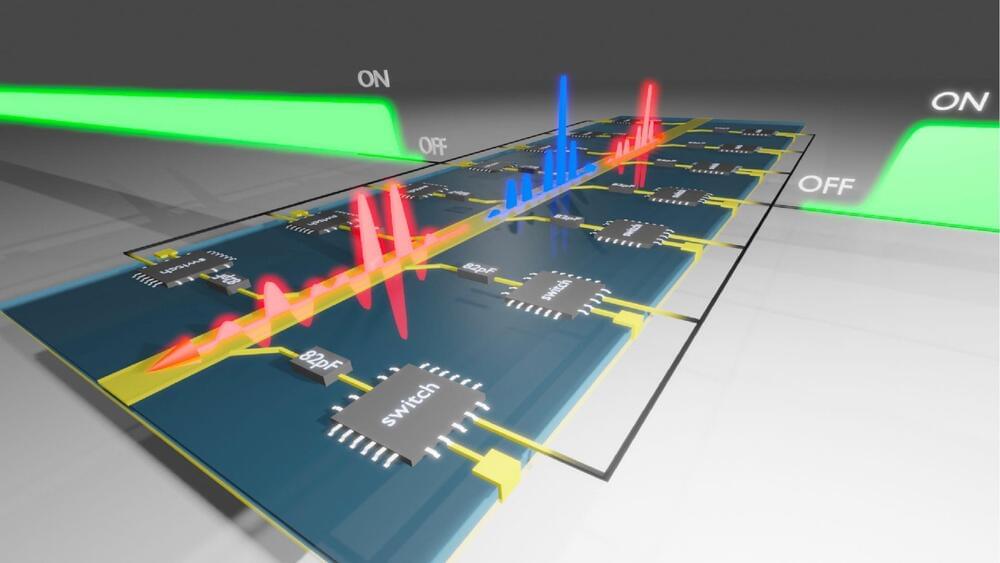Do multiverses exist? Is our universe one of many? The multiverse is a key plot device in the hit movie Everything Everywhere All At Once.
But does the multiverse have any basis in science?
Oscars 2023: Cosmologists are trying to figure out if there’s a group of multiple universes running parallel to each other—as seen in the hit movie “Everything Everywhere All At Once”—and whether they might be habitable.






